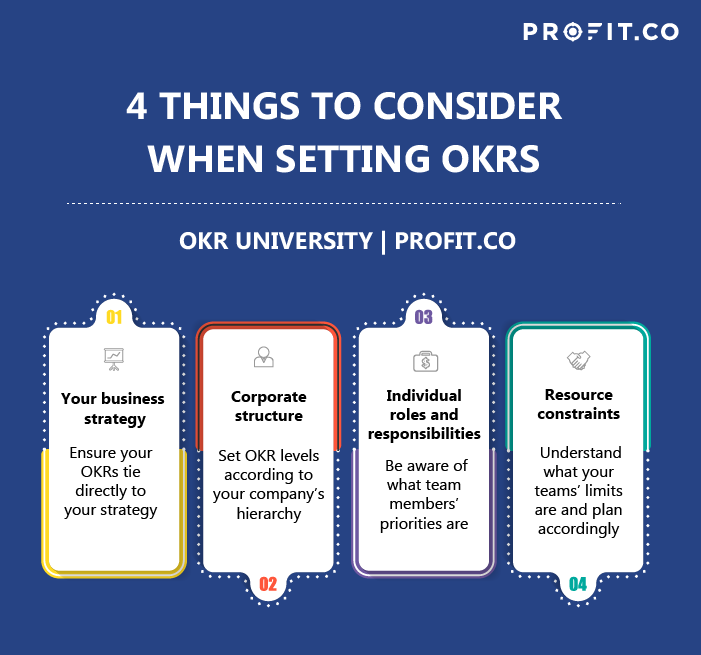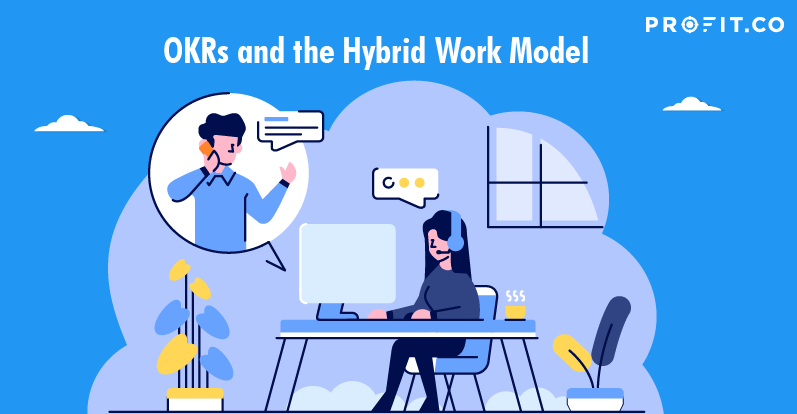HR teams worldwide are backing hybrid models for the way forward-a mix between working from home and the office. The idea is to allow employees to choose where they do their work, without dictating where that must be.
Hybrid Work Environments
The workplace of the future will be defined by hybrid work. It will be a blend of open co-working spaces and offices, as well as working from home. Human Resources should look to integrate telecommuting and remote work with traditional office hours because this promotes accountability, productivity, and transparency.
Success in a hybrid work environment requires employers to move beyond viewing remote or hybrid environments as a temporary or short-term strategy and to treat it as an opportunity.
Hybrid work environments allow for greater flexibility than traditional work models and enable employees to be engaged and motivated. If we extrapolate, it’s even possible that this model may become the only one organizations consider due to its ability to lower costs and increase productivity.
Instead of a binary choice between working from home and being in the office, the hybrid model allows users to move their offices wherever they want. Employees will have more freedom, while still contributing to company goals and strategies. The idea is not without its challenges, however. Some believe it will erode the workplace, replacing face-to-face interactions with a digital world. But those in favor say this form of work is more natural and productive for employees, who can set their hours or take care of other tasks while they work. It also eliminates the need for an office, which many companies no longer want to provide or subsidize. (Many employees are choosing not to take the offer of an office because it’s so easy for them to work from anywhere.)
Employers say that flexible work options are more important than ever, and have become critical to attracting and retaining talent. It is also worth noting that millennials are leading this charge with their demand for more flexibility than previous generations. And for good reason. Working from home has clear benefits – it reduces stress on commuting time, frees up time for people to be with their families, and allows them the opportunity to be more productive.
With the help of technology, there are ways for companies to provide employees with more flexibility without sacrificing productivity. These new protocols allow workers to spend less time commuting and worrying about the logistics of their flexible work schedules. Rather, they can worry about getting things done, and allowing managers to better track which hours they work.
The benefits for companies are also significant, namely in the areas of increased productivity and lower turnover rates. The rise in Internet connectivity and the growth of user-friendly communication tools are enabling the hybrid model to become increasingly popular. Early adopters have shown that many companies can reap significant productivity gains, improve employee satisfaction and also reduce real estate expenses.
However, it is not without its challenges. For example, distractions can interrupt the workflow (think playing with your pet or checking out that new website you’ve been wanting to peruse). At the same time, workers who are in an office setting aren’t always allowed to take advantage of the many perks that come from being in a work environment.
When it comes to hybrid workforces, communication is key. The best way for companies to make hybrid workforces work is to develop trust through open communication.
Today’s globally distributed workforce has changed the game for large organizations with multiple offices and employees who are not always in the office at the same time of day. Companies that don’t implement new protocols to facilitate better communication will be left behind.
So what does this mean for companies? What can they do to stay competitive and work toward their goals? One method that is making a big difference is OKR (Objectives & Key Results).
Want to practice OKRs on an agile and intuitive software that provides company-wide transparency? Get started on Profit.co for free today!
OKR (Objectives & Key Results) Method
The OKR method helps to achieve better communication and alignment across teams by providing a language for sharing what everybody is working on, no matter where they are.
OKRs help keep teams focused on what matters and set them up for success. Setting well-defined objectives, quantifiable key results (OKRs), an effective goal management system, and regular feedback are the best way to generate motivation, build trust, increase productivity and reduce risk in today’s globally distributed work environment.
OKR is a way of defining company-wide goals and measuring performance against them. Management creates a statement of what it is they want to achieve, then sets out key results that need to be delivered to achieve the desired outcome. A variety of factors are taken into consideration when setting objectives, including:
- The business strategy
- Corporate governance structure
- Board of directors’ role and responsibilities
- Resource constraints and availability

The results are designed to be measurable, meaning they can be quantifiable or assessable within a set time frame. They should also focus on what is important to the employee without losing sight of company goals. The best objectives are not only measurable but also meaningful. Objectives should be clear and concise, with a variety of measurable factors to focus performance against. They need to be realistic, challenging, and attainable.
Working under the OKR methodology helps promote both team cooperation & unity as well as individual responsibility because all tasks are linked together by one overall goal: helping make progress toward your business’s “vision”. This makes everyone feel involved without having too much risk taken upon themselves (especially if you’re remote). By holding one another accountable for tasks & making sure these objectives are visible to everyone, your team will be much closer and more supportive than ever before. OKRs have been proven to be a successful way of aligning diverse employees with business objectives that are set by the CEO, as well as shifting workplace culture towards positive outcomes for all employees.
HR can utilize OKRs to align workers with the company vision, mission, values and strategy. When more of the workforce understands how their work contributes to corporate objectives, they feel empowered to make decisions that improve efficiencies or help reduce costs. This also reduces employee turnover because people who are engaged in their work are more likely to feel they can make changes that improve the company’s operations.
To learn more about how Profit.co and OKRs can transform your organization’s hybrid work model, book a free demo with our OKR experts.

